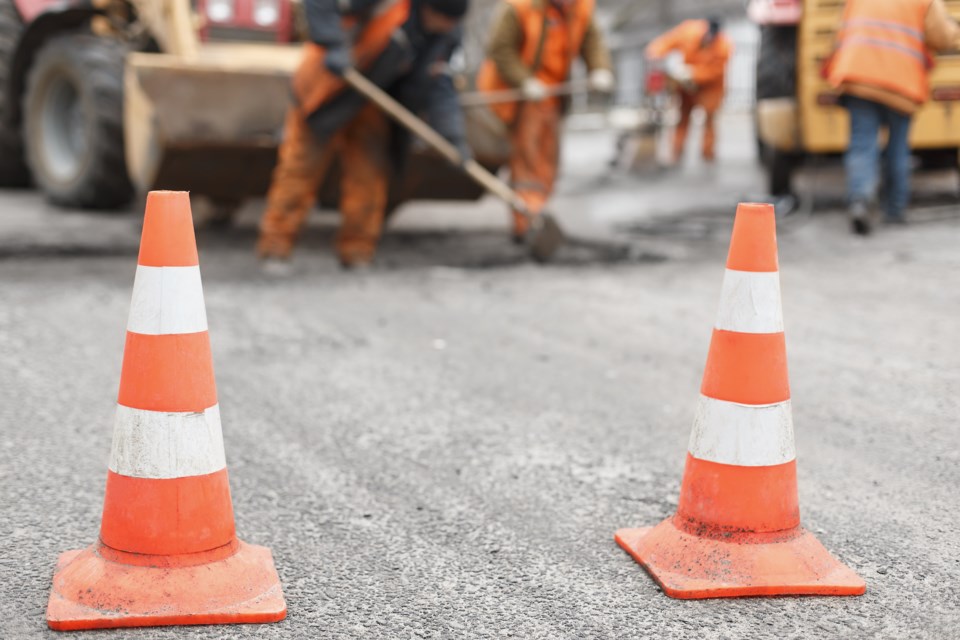City council voted in favour of taking the next steps in a $1.5 million pilot project aimed at extending the lifespan of the roads in Greater Sudbury.
The pilot will be looking at hot-in-place recycling (HIR) for asphalt, an on-site, in-place method where road rehabilitation projects are completed the same day as they are started.
The process consists of four steps:
- Softening of the asphalt pavement surface with heat
- Scarification and/or mechanical removal of the surface material
- Mixing of the material with recycling agent (rejuvenator), asphalt binder, or new mix
- Laydown and paving of the recycled mix on the pavement surface.
The specifications for the recycled hot mix product are identical to those of virgin hot mix asphalt (HMA), although softer grades of virgin asphalt cement are used to overcome the oxidation and hardening of the asphalt cement in the recycled asphalt product.
City staff have identified four roads for the HIR pilot project:
- MR35 from Clarabelle Road to Big Nickel Road (2.3 km)
- Kingsway from Falconbridge Road to Levesque Street (2.7 km)
- Radar Road (MR85) from Skead Road to Pine Ridge Street (3.7 km)
- Bancroft Drive from Kingsway to Bellevue Avenue (1.5 km)
The final locations for the HIR project will be determined by staff subject to tendering results and final geotechnical recommendations, up to the existing remaining budget of $1,390,000.
With council choosing to proceed with the pilot, it will now be tendered to be completed this construction season and staff estimates that 25 lane km of road could be resurfaced with HIR within the current budget. The proposed pilot sites may need to be altered as required for budgetary purposes, depending on contract prices or determination of suitability of asphalt materials.
While council approved moving forward with the project, the sites selected for the pilot were a sticking point for Ward 5 Coun. Robert Kirwan who suggested that the roads selected were not in terrible shape.
"These roads don't look too bad," said Kirwan, asking whether the $1.5 million could be better spent on some of the city's more dilapidated streets, pointing specifically to Cambrian Heights Drive.
"If you had to choose, with $1.5 million, would you spend it on Cambrian Heights or Bancroft?"
Dave Shelsted, director of engineering services, didn't argue with Kirwan that Cambrian Heights was certainly in worse condition, but explained that because of the disrepair of Cambrian Heights Drive, HIR was not an option and would require a much more expensive total fix.
"You would only be able to fix a third of Cambrian Heights for the same price as fixing the entirety of Bancroft Drive," said Shelsted.
The lifespan of HIR is between 12 to 15 years, and Shelsted explained that this would free up future roads budgets for larger projects.
"The smart money is to resurface," said Stephen Holmes, director of infrastructure capital planning. "It comes down to priorities and using our pavement management system to find the best plan possible for the budget that we have."
Shelsted used to analogy that HIR was like replacing the shingles on a roof in order to protect the rest of your house and that HIR is preventative maintenance that will help mitigate future costs by waiting until a road has reached a level of disrepair that it requires a complete overhaul at a much steeper price tag.
